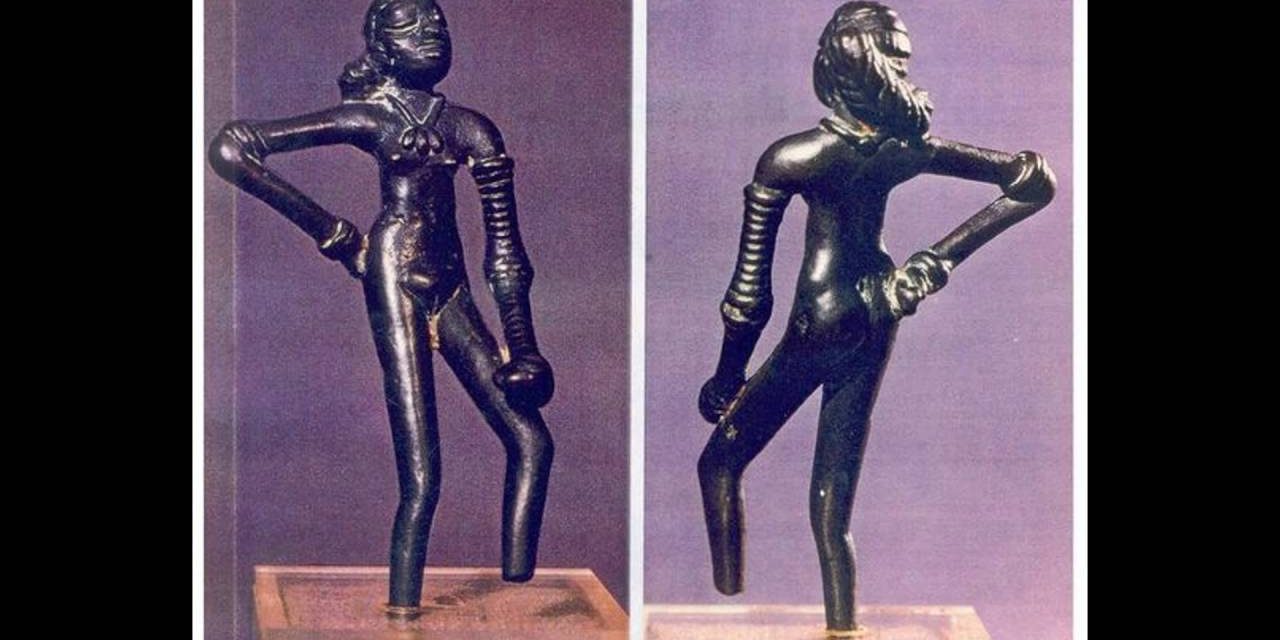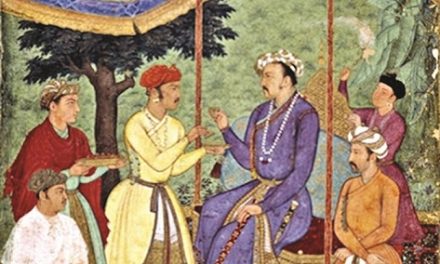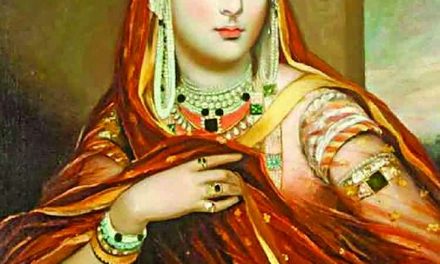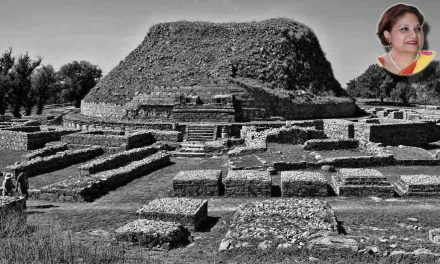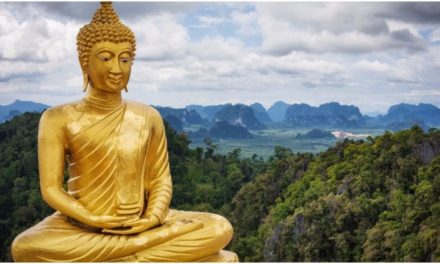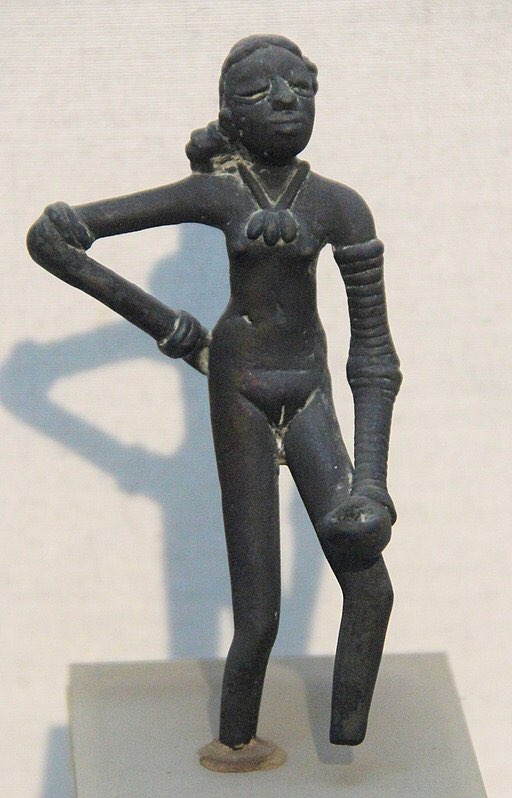
Image Source: Google
The Dancing Girl is an uncommon and exceptional work of art created during the Indus Valley Civilisation about 4500 years ago. It is an ancient bronze statue, one of the mere two statues of its time where the figure portrayed has an easygoing posture unlike other artworks that show people in a more prim and proper manner.
It was discovered in 1926 by British archaeologist Ernest Mackay in Mohenjo-daro, which is an archeological site in Sindh, Pakistan. It is currently exhibited at the National Museum of New Delhi, India.
The girl displayed in the sculpture looks to be tall with long body proportions, displaying big rounded eyes, a level nose, full cheeks, curly long hair that’s been tied up in a bun, and a confident stance. She is adorned in a necklace around her neck along with bangles on both her hands. From this, we also get to see what people of that era depicted a typical female body to be.
She was titled “Dancing GIrl” as her posture was interpreted as if she’s swaying to the beat of some music, making people think that being a dancer might have been her line of work.
We can see why this work of art is known to be a cultural artifact of the Indus Valley Civilisation. It shows us that people of that time thoroughly enjoyed various forms of art – music, dancing and sculpture-making being some of many. The incredible making of the statuette, along with the fact that it was made by lost-wax casting, portrays just how talented they were at their crafts as well.
Contributed by MARIFA KHAN

